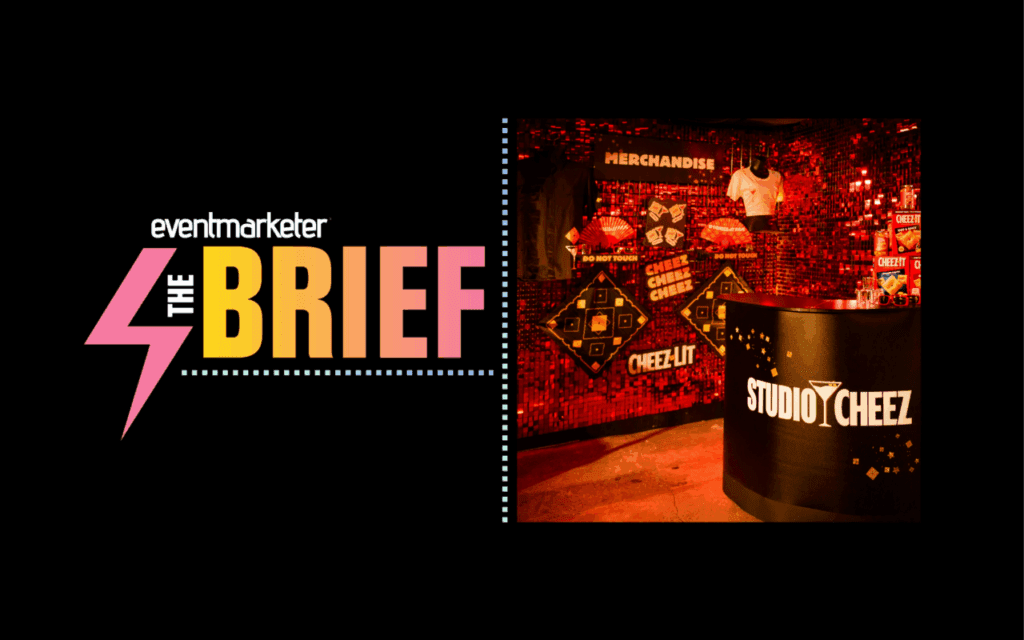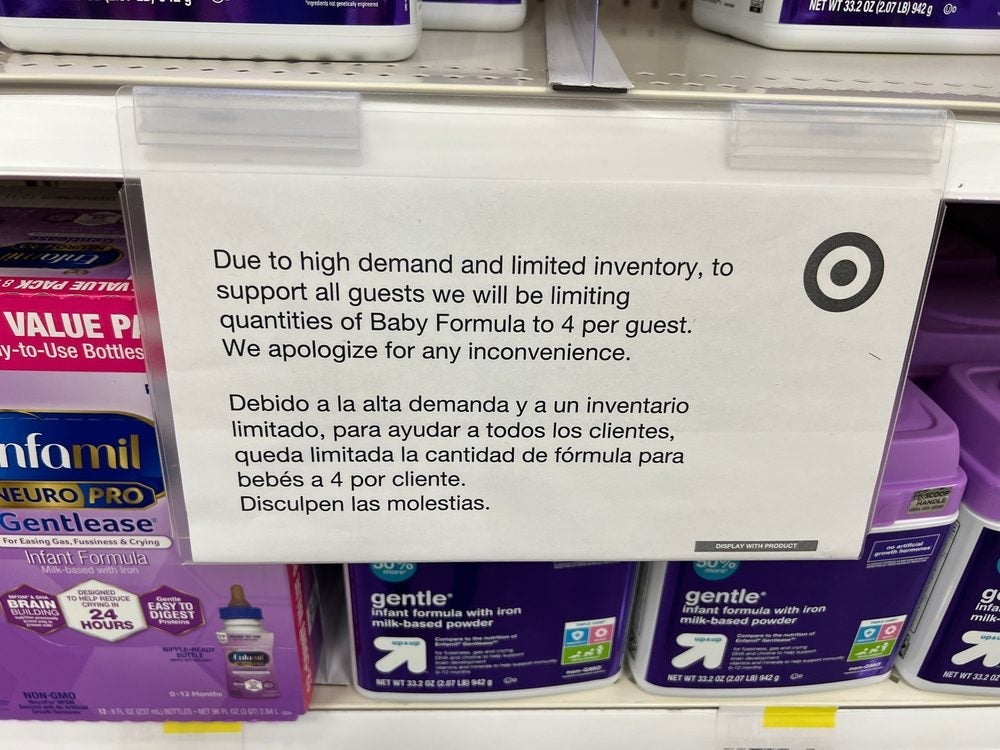No matter what channel they’re interacting or shopping in, all customers today want one thing—a seamless experience. This means that service and relationship building is more important than ever.
“Consumers want us to know them, and as part of that service the customer wants a frictionless shopping experience,” said Pat Connolly, executive vice president and CMO of Williams-Sonoma.
Connolly and Jamie Nordstrom, president of Nordstrom Direct, shared what it means to be a customer-led company last week during a keynote discussion at Responsys Interact in San Francisco.
Consumers today have different choices than in the past on how they want to receive personalized service, said Nordstrom. For example, just a few years ago if you wanted to rent a video on a Friday night that meant a half hour wandering around a Blockbuster store trying to find something you like. Enter Netflix and suddenly relevant choices and suggestions are delivered right to you.
“Customers define a great shopping experience differently today—its not just whether there is enough parking or a clean bathroom. Now, its who has the best online shopping or mobile experience,” said Nordstrom.
Expectations cross channels, he said. If you send a customer an email advertising a dress and that dress isn’t available to try on in-store, that’s a bad experience. “That’s going to be a big focus for us going forward—we want to optimize all touchpoints individually, but maintain the experience across all of them.”
Connolly noted that Williams-Sonoma originally viewed its catalog and retail stores as two different businesses, as did customers. “That is no longer the case. They see us as a brand, and the experience should be seamless—customers have become less tolerant of anything less than perfection.”
There’s a definite difference between being targeted on something that is relevant to you and something that you want to participate in, said Nordstrom. “We need to figure out how to deliver relevant recommendations—customers are more aware of the data we have on them and how we are using it.”
Customer expectations vary depending on the channel, Nordstrom said. In online marketing, fulfillment is a big part of the mix. There aren’t a lot of new shopping malls being built, so the big growth opportunity for most companies is online. That means fulfillment and depth of product selection is essential if you want to be relevant to the consumer.
Finding that selection should be easy for the customer, added Connolly. Shoppers don’t want to have to scroll through all 500 pairs of shoes you offer to find the ones they want, he said.
“Retailers are investing in websites to not only expand selection but narrow down at the same time,” said Nordstrom. “We’re learning and testing, and we need to get better.”
“We were lucky, because we were in the catalog business from the beginning. Direct has always been about 47% of our business, so when the web came along we had the data, we had the fulfillment, we had the customer knowledge and we were able to take advantage of that,” Connolly said. “We’ve embraced the multichannel aspect of the company from the beginning.”
And Williams-Sonoma will continue to keep email as well as direct mail as two of those channels. The company still mails about a quarter of a billion catalogs annually, and Connolly doesn’t see that changing. “We haven’t found anything that drives customer revenue and lifetime value the way a catalog does, and they will remain a significant part of our mix.”
Likewise, the brick and mortar store and the multichannel mix is vital to Nordstrom. “Having a physical presence creates a platform to have a relationship with a customer in that is much bigger than only one channel.”
 Network
Network

